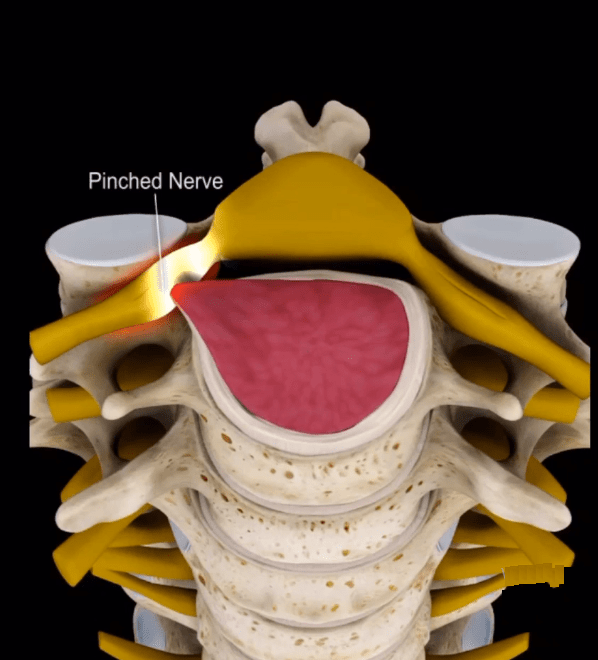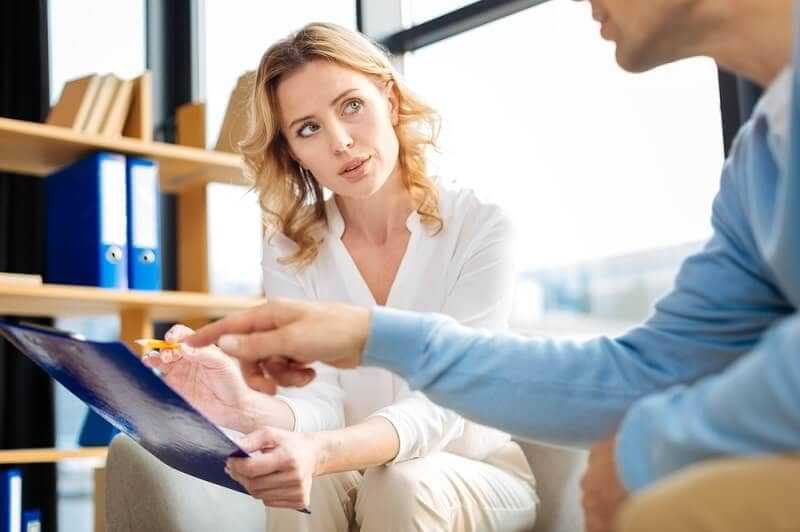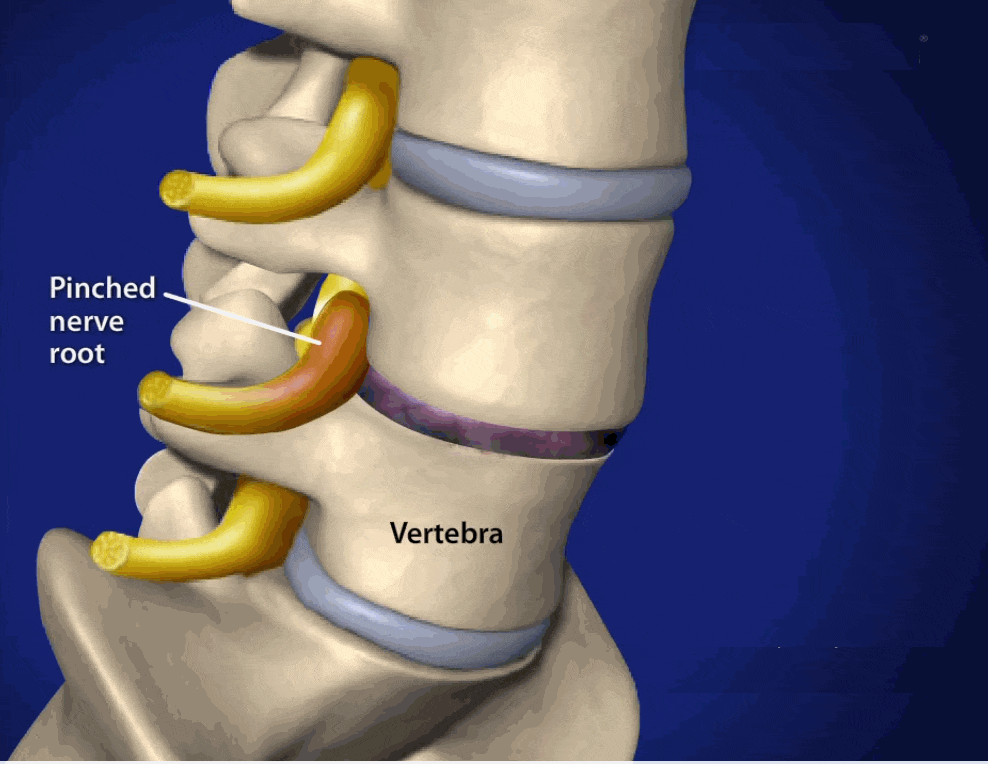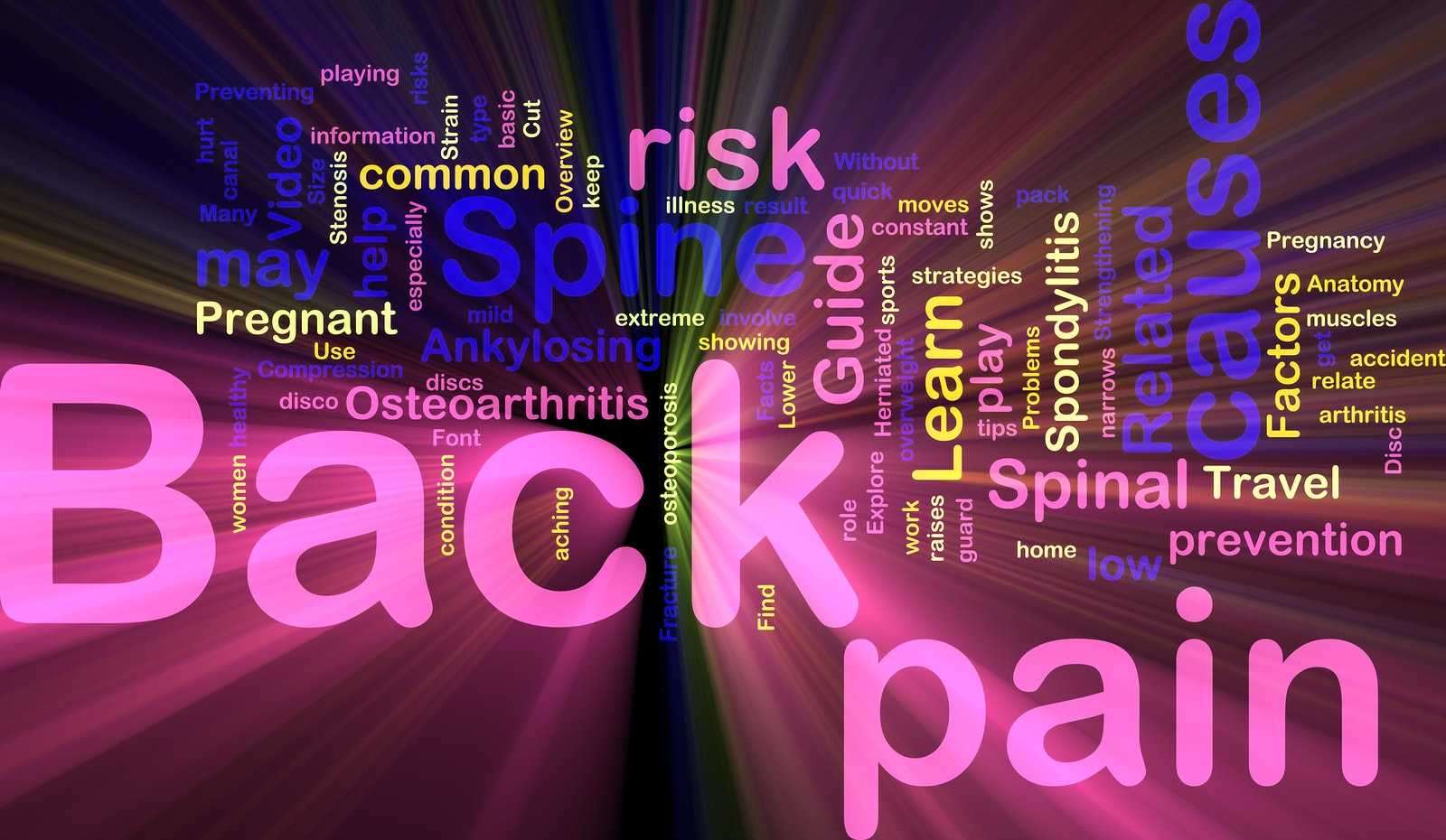Back Pain – Understanding Aging

Back pain is the second most common health complaint after the common cold. It is responsible for millions of lost working days each year, and nearly all of us will suffer from back pain at least once in our lifetime. The older we get, the more likely we are to experience back pain, as the years of wear and tear on our back accumulate. However, it is never too late to do something to help prevent back problems or to stop them from recurring. Back pain may be constant or unpredictable, it may only occur when you do a specific thing such as walking, or it may be a dull ache or a sharp, stabbing pain.
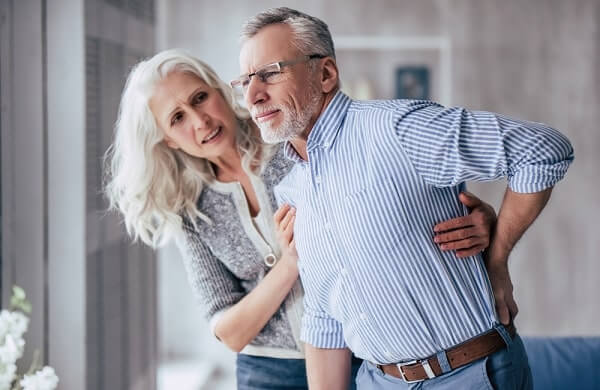
Understanding the causes
Overall, the most common cause of back pain is poor posture, such as slouching, or awkward movements, such as stretching and twisting to reach something. Some people are more prone to it: Back pain is more common in tall people with long spines, overweight people, and men. Usually, no actual pathological change can be found, in which case the doctor may then refer to the pain as “nonspecific,” “mechanical,” or “idiopathic,” meaning that the cause is unknown. Typically, this type of back pain is felt as discomfort across the lower back or over the lower spine, and it recurs periodically in the same form. The pain might also radiate into the buttocks or legs and is associated with stiffness first thing in the morning. Movement eases this type of pain and staying in the same position for any length of time aggravates it.
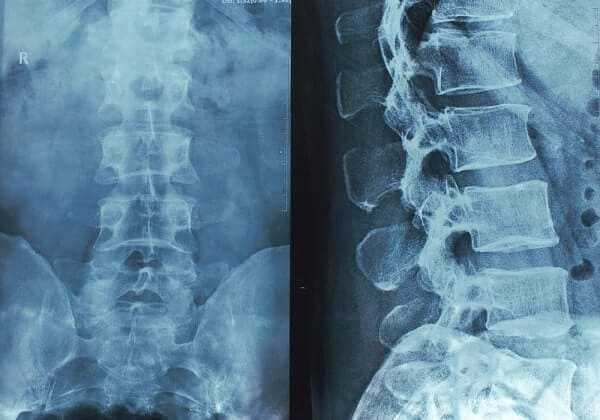
X-rays of older people nearly always show osteoarthritis, though it typically does not cause pain. Lower back pain is commonly caused by nerve impingement in the spine or ligament laxity, which puts undue stress on the joints of the spine. Occasionally, back pain is due to a serious underlying disorder, such as cancer, a ruptured disc, or osteoporotic fracture. If you have back pain that gets worse, if it is constant whatever you do, or if you have weakness, numbness, or tingling in a leg, difficulty in passing urine or stools, or any other symptoms or pain elsewhere in your body, then you should consult your doctor to make sure the pain is not due to a serious underlying neurological problem.
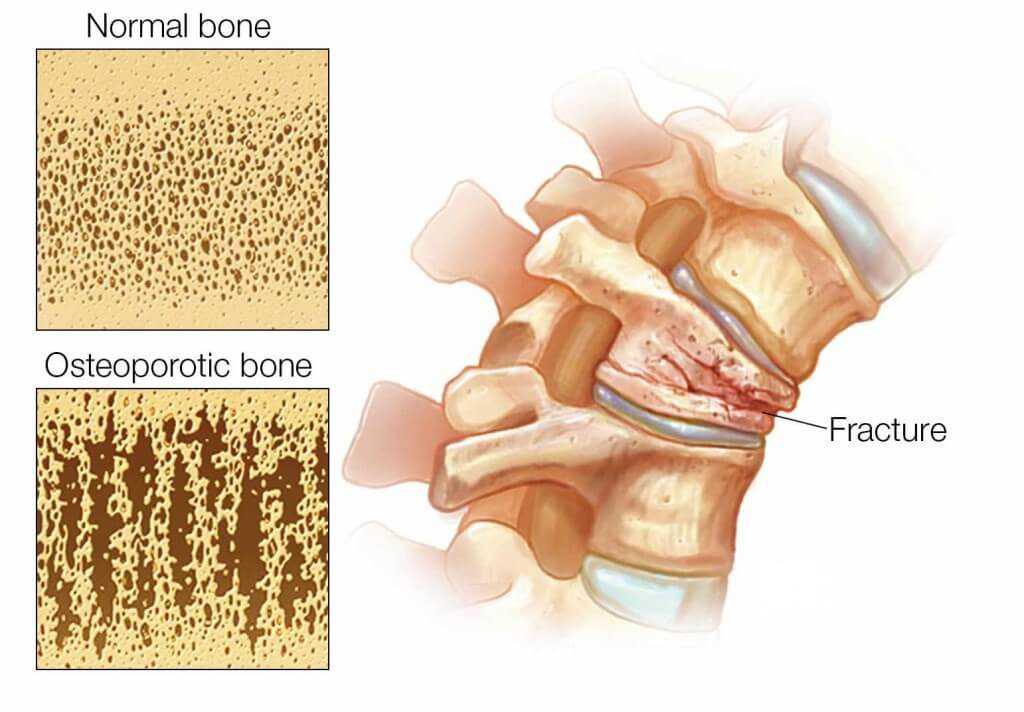
Treating nonspecific back pain
The best treatment for nonspecific back pain is to maintain your normal daily activities as much as possible, even taking a mild painkiller such as acetaminophen, aspirin, or ibuprofen for a few days to help you do so. If the pain then persists for more than a few days, a course of chiropractic manipulation or osteopathy is definitely worth trying, but this treatment will be less effective for chronic pain that has lasted more than about 3 months.


Acupuncture is probably more effective in such cases. Alternatively, you could try physiotherapy or massage. Regular exercise is also a good idea. It can strengthen the back and trunk muscles, which stabilizes the back, and can prevent problems. What’s more, it can help you lose weight. However, certain movements and activities can put a strain on the back and aggravate an existing problem. If you have a back problem, it is best, at least initially, to consult an experienced and well-trained teacher or therapist. As far as aerobic exercise is concerned, walking is an excellent choice, as long as you wear well-fitting shoes with cushioned rubber soles to prevent jarring. Cycling and swimming are also good, but if you do the breaststroke, don’t keep your head out of water all the time because doing so can strain your neck. Make sure you stop if you feel any pain, and remember to tell your exercise instructor or teacher about your condition. Sports that are best avoided by people with “bad” backs are gymnastics, judo, rowing, squash, tennis, weight lifting, wrestling, and other contact sports.
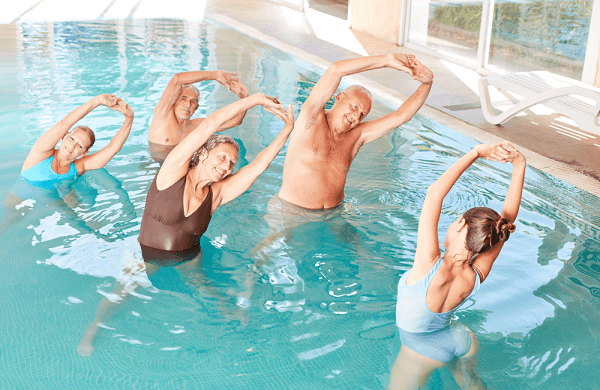
Tips for easing back pain
If your posture is a major cause of your back pain, then yoga or the Alexander technique might be the answer. You could also try herbal medicine. Pain due to muscle tension may respond to cramp bark or valerian; back pain due to osteoarthritis, devil’s claw; and chronic back pain, willow. St. John’s wort can help to relieve the mild depression often associated with chronic back pain. You can also try these other helpful tips: Always sleep on a firm mattress or place a board under your mattress; if you have to spend hours sitting down, get up every 20-30 minutes to stretch and move around; and, if stress is causing your back muscles to tighten, then try a relaxation technique.
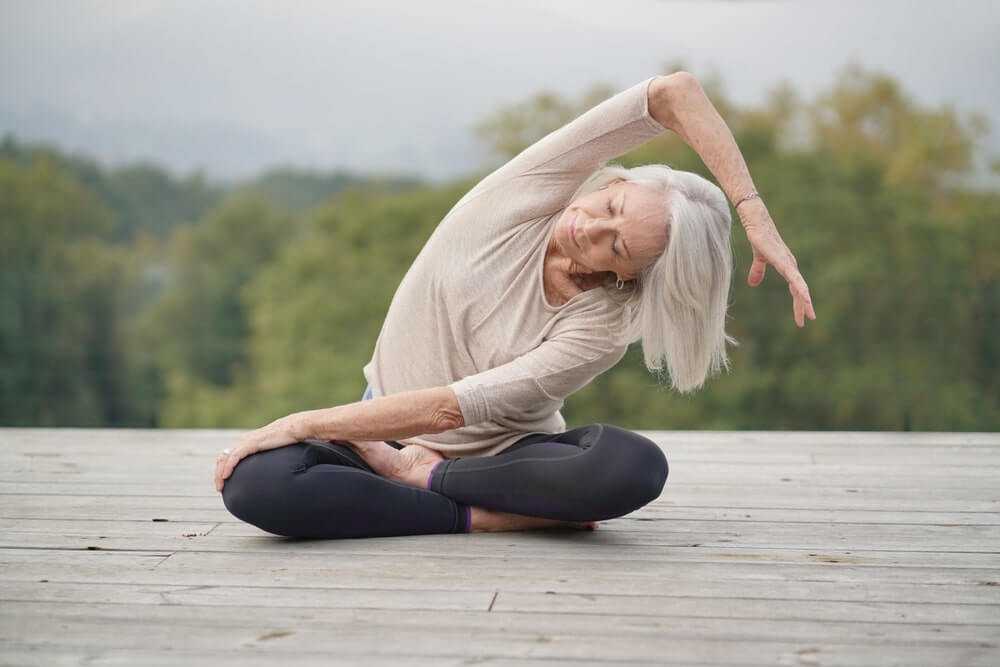
Prolotherapy
Prolotherpy is gaining ground as an alternative to surgery for some injuries. It involves a series of injections of simple substances such as sugar, often combined with a local anesthetic, into damaged tissues. These substances act as local irritants, stimulating the tissue to proliferate, growing new tissue to repair the damaged tissue.
Clinical results from doctors who use prolotherapy suggest that it can be used to treat various problems. These include ligament laxity in the knee or ankle, tennis elbow or golfer’s elbow, Achilles tendon injuries, and lower back pain.
Self-help with simple back twists
The standing twist and the sitting twist are two simple yoga postures that can prove invaluable for anyone suffering from back pain. Perform them slowly and carefully, but do not force your body into the position if you feel uncomfortable or excessive strain, because this could lead to injury. The aim is to stretch and tone the muscles. If repeated regularly, the postures help the body to become stronger and more supple. These postures can be practiced anytime and are good to do at work, particularly if you have to sit for long hours. All you will need is an upright chair with a fixed back.
Standing twist (marichyasana)
Take a chair and place it sideways against a wall. Stand in front of it with your legs gently against it and straight. Raise the leg nearest the wall and place its foot flat on the chair seat. Keep the other leg straight and firm. Put your hands on your hips and stretch your back upward. Then turn your trunk so it is facing the wall and turn your head farther so you are looking over the shoulder nearest the wall. Bring your hands up to shoulder level and, with your elbows slightly bent, press your hands against the wall to help you turn more. Every two or three breaths, try and turn more; as you breathe in, try and stretch your back up more, and as you breathe out, try and turn a little more. Stay for 20-30 seconds. Then exhale and turn to face the chair again, bringing the raised leg down. Turn the chair around, and repeat on the other side. Finally, repeat on both sides once or twice again.
Sitting twist (bharadvajasana)
Sit sideways on a chair with your buttocks and most of your thighs on the chair, your knees together, and your feet flat on the floor. Sit up straight. Turn to face the back of the chair, turning the hips as much as possible at first, followed by the waist, chest, and shoulders. Place your hands at either end of the top of the chair back. If you are seated with your left side against the chair back, push with your left hand and pull with your right hand to help you turn more. You are aiming to eventually have your chest parallel to the chair back. When you have turned as much as you can, turn your head to look over your left shoulder. Hold this position for 20-30 seconds, breathing evenly, then exhale and turn to the front. Get up, turn to sit down on the other side, and repeat. Finally, repeat on both sides once or twice again.

